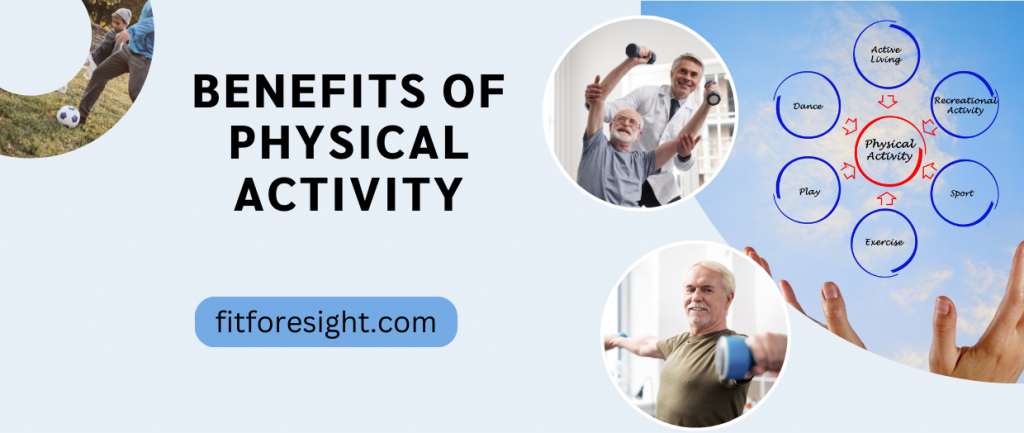Physical activity is essential for maintaining good health and well-being. It is recommended that adults engage in at least 150 minutes of moderate-intensity aerobic activity or 75 minutes of vigorous-intensity aerobic activity per week, along with muscle-strengthening activities at least two days per week. Children and adolescents should also engage in physical activity daily for at least one hour.
Benefits of Physical Activity
Physical activity has numerous benefits for our physical and mental health, including:
1. Improved Cardiovascular Health
Physical activity can help improve heart health by strengthening the heart muscle, lowering blood pressure, and improving circulation. This can reduce the risk of developing heart disease, stroke, and other cardiovascular conditions.
2. Weight Management
Engaging in physical activity can help maintain a healthy weight or promote weight loss. This is because physical activity burns calories, and when combined with a healthy diet, can lead to a calorie deficit that results in weight loss.
3. Improved Mental Health
Physical activity has been linked to improved mood, reduced stress and anxiety, and better mental health outcomes. Exercise releases endorphins, which are natural mood-boosting chemicals in the brain.
4. Reduced Risk of Chronic Diseases
Physical activity can help reduce the risk of developing chronic diseases such as type 2 diabetes, osteoporosis, and certain types of cancer.
5. Improved Cognitive Function
Physical activity has been linked to improved cognitive function, including better memory, attention, and processing speed.
Types of Physical Activity
There are various types of physical activity that individuals can engage in to meet their recommended weekly goals. These include:
1. Aerobic Activity
Aerobic activity, also known as cardio, is any activity that increases your heart rate and breathing. Examples include brisk walking, jogging, cycling, swimming, and dancing.
2. Muscle-Strengthening Activity
Muscle-strengthening activities are those that work your muscles against resistance. Examples include lifting weights, using resistance bands, and bodyweight exercises such as push-ups and squats.
3. Flexibility and Balance Activity
Flexibility and balance activities help improve range of motion, flexibility, and balance. Examples include yoga, tai chi, and stretching exercises.
Tips for Increasing Physical Activity
If you are looking to increase your physical activity, here are some tips to help you get started:
- Start small and gradually increase your activity level over time.
- Find activities that you enjoy and that fit into your lifestyle.
- Set achievable goals and track your progress.
- Make physical activity a social activity by joining a sports team or exercise class.
- Incorporate physical activity into your daily routine by taking the stairs instead of the elevator or walking instead of driving for short distances.
In conclusion, physical activity is important for maintaining good health and well-being. It has numerous benefits for our physical and mental health, and there are various types of physical activity that individuals can engage in to meet their recommended weekly goals. By incorporating physical activity into our daily lives, we can improve our overall health and quality of life.

